Sixth successful test for Lockheed’s Long Range Anti-Ship Missile
Lockheed Martin says it successfully tested a production-configuration Long Range Anti-Ship Missile (LRASM) launched from a U.S. Air Force B-1B strategic bomber.
The cruise missile was fired over the Sea Range at Point Mugu, California “successfully impacting the maritime target and meeting test objectives,” a Monday, March 19 press release said.
“LRASM has now proven itself in six consecutive flight missions,” said David Helsel, LRASM program director at Lockheed Martin Missiles and Fire Control.
The missile was last tested in December 2017, when it was successfully fired against multiple targets by a B-1B at the Point Mugu Sea Range.
The AGM-158C LRASM is a stealthy precision-guided, anti-ship cruise missile based on the Joint Air-to-Surface Standoff Missile – Extended Range (JASSM-ER).
The missile was developed for the U.S. Navy by the Defense Advanced Research Projects Agency (DARPA) and uses sophisticated autonomous targeting. It is designed to detect and destroy specific targets within groups of ships by employing advanced technologies to reduce dependence on intelligence, surveillance and reconnaissance platforms, network links and GPS navigation, although it can also be directed to a specific target via its datalink.
LRASM flies towards its target at medium altitude then drops to a sea skimming approach to counter missile defenses. DARPA says it has a range “greater than 200 nautical miles (370 km; 230 mi).”
The missile is equipped with a BAE Systems-designed seeker and guidance system, including a jam-resistant GPS/inertial navigation system, an imaging infrared seeker with automatic scene/target matching recognition. Onboard artificial intelligence software locates enemy ships and avoids other shipping and multiple missiles can share data and attack in a swarm.
LRASM is designed to be compatible with the Mk 41 Vertical Launch System used on many U.S. Navy ships, and will integrated on the U.S. Air Force’s B-1B and the U.S. Navy’s F/A-18E/F.





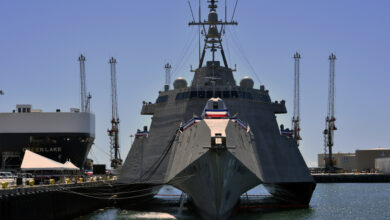
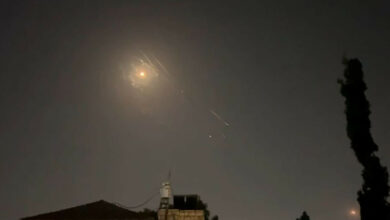


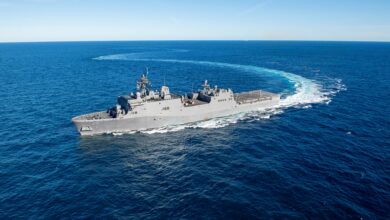
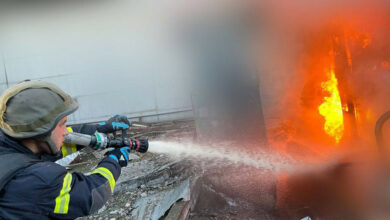
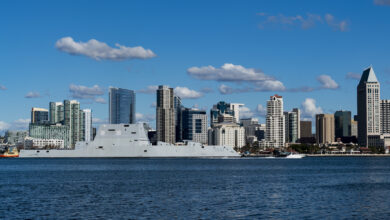
One Comment